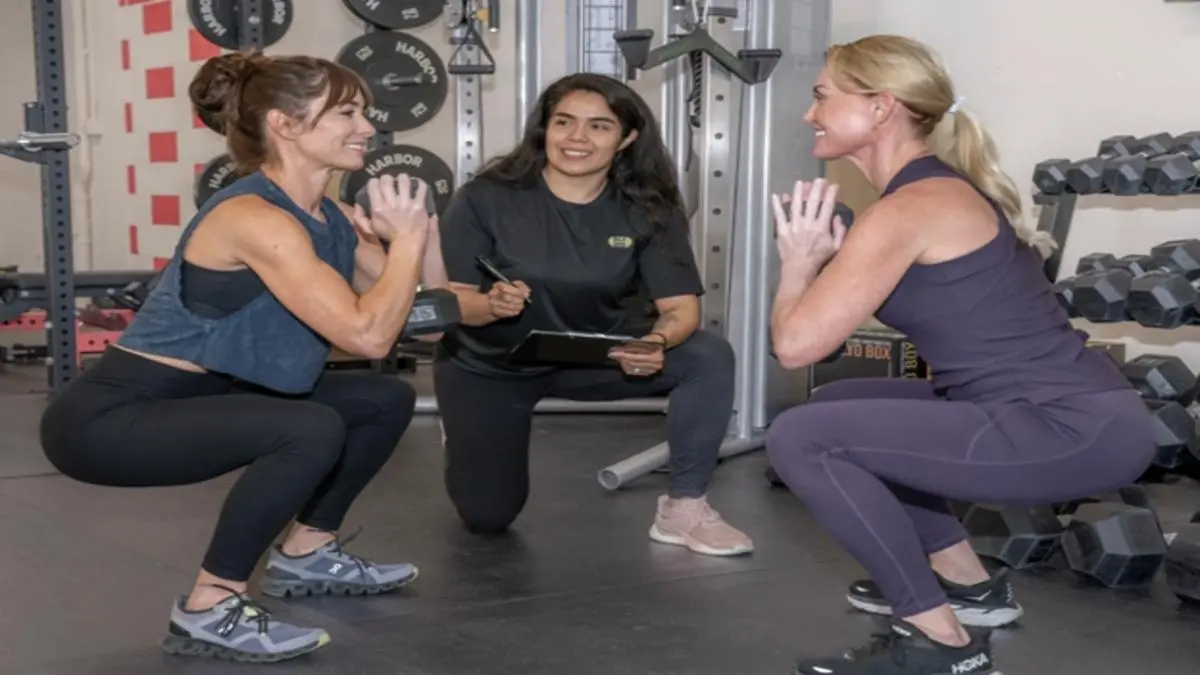HEALTH AND FITNESS
How Community Strength Austin Builds Stronger Communities Through Fitness

Have you ever wondered how something as simple as breaking a sweat could knit a neighborhood closer together? In a bustling city like Austin, Texas, where the vibe is all about live music, tech innovation, and outdoor adventures, fitness isn’t just about personal goals—it’s a way to create lasting bonds.
At Community Strength Austin, this idea comes to life through programs that blend exercise with social interaction, helping locals feel more connected while getting healthier.
Let’s dive into how these efforts are making a real difference, drawing from real-world insights and stories.
Table of Contents
Fostering Social Connections Through Shared Workouts
One of the most powerful ways fitness strengthens communities is by bringing people together in a shared space. Think about it: when you’re in a group class or on a trail run with others, conversations flow naturally. Studies show that group-based physical activity programs lead to higher adherence rates compared to going solo, because the social element keeps folks coming back. Group exercise can build forms of social capital, like trust and mutual support among participants.
In Austin’s fitness scene, this plays out vividly. The city’s parks and trails, like those around Lady Bird Lake, become natural hubs for meetups. Local programs encourage buddy systems or small group sessions, where participants cheer each other on. For instance, a study on community-based social support for physical activity highlights how walking groups and exercise buddies boost engagement and create lasting friendships. It’s not uncommon to hear stories like one from a participant in a similar program: “The small group classes are fun and motivating—I’ve made friends I never would have met otherwise.” This sense of camaraderie turns workouts into social events, helping combat isolation in a fast-paced urban environment.
Promoting Physical and Mental Health for Everyone
Fitness isn’t just about building muscles; it’s a foundation for overall well-being that ripples out to the community. When people feel healthier, they’re more likely to engage with their neighbors, volunteer, or simply enjoy daily life. Facts from Austin show the city ranks high in health metrics—Austin was named the #2 healthiest city in America with a score of 8.54, thanks to its active lifestyle and access to green spaces. Over the last five years, Austin/Travis County has outperformed Texas and the nation in key health outcomes, like lower rates of obesity and better mental health reports.
Programs that emphasize inclusive activities, such as outdoor bootcamps or strength sessions, help address disparities in physical activity. Research indicates that community fitness initiatives can reduce health inequalities, improving outcomes for underserved groups. Mentally, the benefits are huge too—exercising with others releases endorphins and reduces stress, fostering a supportive atmosphere. A testimonial from a cancer survivor in a community program captures this: “The program has literally been life-changing for me, holding my cancer at bay and boosting my confidence.” In places like Austin, where the weather invites year-round activity, these efforts make wellness accessible and enjoyable for all ages.
Encouraging Inclusivity and Diversity in Wellness Spaces
A strong community thrives on diversity, and fitness programs play a key role in making sure everyone feels welcome. By offering beginner-friendly classes and adaptive options, these initiatives break down barriers that might keep people from joining. Austin’s fitness culture is notably inclusive, with many spots hosting events like 5K runs that cater to all levels. This approach not only boosts participation but also builds empathy and understanding among different groups.
Personalized guidance, often through one-on-one or small group training, ensures that individual needs are met, which in turn strengthens group dynamics. Benefits include increased motivation and a sense of belonging, as noted in reports on group training: shared goals and triumphs create accountability and diverse perspectives. One participant shared, “I love the flexibility and variety—it’s helped me achieve personal goals while feeling part of something bigger.” In a city as vibrant as Austin, this inclusivity mirrors the local spirit, drawing in tech workers, families, and artists alike to create a tapestry of support.
Hosting Events That Bring the Neighborhood Together
Community events are like the glue that holds everything in place. From fun runs to wellness workshops, these gatherings turn fitness into a celebration. In Austin, the outdoor lifestyle amplifies this—Austinites love activities like hiking in the Hill Country or paddleboarding on local lakes, which naturally foster connections. The city’s reputation as one of the fittest in the U.S. stems from its abundance of trails, parks, and community-oriented spots.
Such events also promote long-term habits. Evidence from community design strategies shows that activity-friendly spaces increase physical activity and social interactions. A story from a local high-intensity class community illustrates the impact: through consistent effort, participants built an “incredible community” around shared challenges. These moments go beyond exercise, sparking conversations about life, work, and local issues, ultimately weaving a tighter social fabric.
Providing Personalized Support for Lasting Change
At the heart of effective community building is tailored support that helps individuals thrive. This might involve customized plans that consider busy schedules or specific health needs, making fitness sustainable. In Austin’s tech-savvy scene, where professionals juggle demanding jobs, this personalization is key to consistency. Gym communities provide more than workouts—they offer motivation and a sense of purpose, backed by science showing improved self-confidence and perseverance.
Working with trainers can also advocate for broader wellness, like better public facilities. A testimonial sums it up: “They helped our group every step, teaching us properly and introducing new ways to stay active.”
Wrapping It Up: A Healthier, More Connected Austin
In the end, fitness is a catalyst for stronger ties, better health, and vibrant neighborhoods. By blending social elements with physical activity, places like Community Strength Austin show how simple steps can lead to big changes. Whether you’re lacing up for a group hike or joining a class, the rewards extend far beyond the gym. To learn more about the team behind these community-focused efforts, check out at communitystrengthaustin-personaltraining.com.
-

 GENERAL5 months ago
GENERAL5 months agoChristofle – For Those Who Dream of Family Heirloom Silver
-

 SPORTS7 months ago
SPORTS7 months agoDiscover the World of Football with Streameast: Watch Your Favorite Leagues and Tournaments
-

 GENERAL4 months ago
GENERAL4 months agoUncovering the World of кинокрадко: The Dark Side of Film Piracy
-

 GENERAL2 months ago
GENERAL2 months agoATFBooru: Anime, Gaming, and Subculture Imageboard























